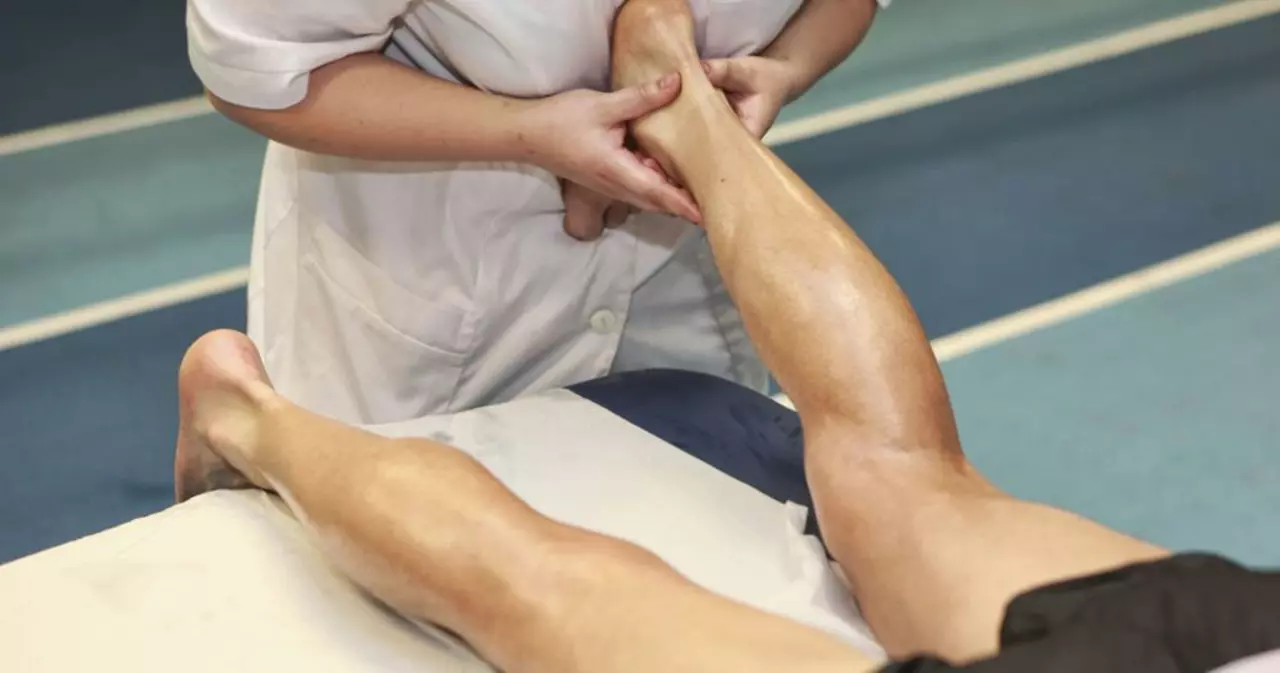Tendonitis — Causes, Fast Relief, and How to Prevent It
Tendonitis is more than a sore spot — it’s a tendon getting overloaded or irritated. This tag gathers practical guides and real-world tips so you can stop pain fast and keep it from coming back.
Tendon pain usually feels like localized stiffness, aching, or tenderness where tendon meets bone. It often worsens with activity and improves with rest at first. Common sites are the shoulder (rotator cuff), elbow (tennis elbow), wrist, knee (patellar), and Achilles. If pain lasts more than a few weeks, the issue may be tendinopathy — a mix of degeneration and failed healing rather than pure inflammation.
Quick relief and treatment
Start with relative rest: cut down the activity that caused the pain but avoid total immobilization. Short-term ice (10–15 minutes every 2–3 hours) helps acute pain. After the first few days, gentle movement and range-of-motion exercises reduce stiffness and keep the tendon supplied with blood.
Over-the-counter NSAIDs or acetaminophen can ease pain for a few days, but they don’t fix the tendon. Corticosteroid injections give fast relief for some conditions, but they carry risks including tendon weakening and possible rupture — use them sparingly and only with a doctor’s advice. Recent rehab research favors progressive loading programs over long rest: controlled strengthening, especially eccentric exercises, stimulates tendon repair for Achilles and patellar problems.
If pain limits daily life, see a clinician. They may recommend physical therapy focused on loading plans, soft-tissue work, or braces to offload the tendon. Imaging (ultrasound or MRI) can help when diagnosis is unclear or surgery is being considered.
Preventing flare-ups and staying active
Warm up before activity and build load slowly. Add strength training to balance muscles around the joint — weak or tight muscles often shift extra stress to tendons. For repetitive jobs or sports, change tools, grips, or technique to reduce strain. Use supportive shoes and replace them when worn out.
Address risk factors: control blood sugar, avoid smoking, and use steroids only when necessary. If you return to activity, increase duration or intensity by no more than 10% per week. Simple maintenance moves — like calf raises for Achilles or eccentric wrist curls for tennis elbow — keep tendons resilient.
When should you see a doctor? Seek help if pain is severe, you have numbness, visible deformity, fever, or symptoms don’t improve after 4–8 weeks of sensible care. Early, targeted rehab beats long-term problems.
Want more practical articles? Browse our tag posts for step-by-step exercise plans, safe medication guides, and when to consider advanced treatments. Small changes now can save months of pain later.

Celecoxib for tendonitis: Is it effective?
As someone who has been researching tendonitis treatments, I recently came across Celecoxib as a potential option. Celecoxib is a nonsteroidal anti-inflammatory drug (NSAID) that has been used to relieve pain and inflammation in various conditions, including tendonitis. From what I've gathered, it appears to be effective in reducing pain and inflammation associated with tendonitis, which can help improve overall function in affected individuals. However, it's important to note that Celecoxib may not be suitable for everyone, particularly those with certain health conditions or taking other medications. In conclusion, it seems that Celecoxib could be a helpful treatment for tendonitis, but it's essential to consult with a healthcare professional before starting any new medication.
- Health and Wellness (59)
- Drug Information (46)
- Pharmacy Information (19)
- Medical Conditions (17)
- Supplements (4)
- Diabetes (3)
- Travel Health (2)
- Parenting (2)
- Mental Health (2)
- Heart Health (1)
-
How Antioxidants Help Manage Proctitis: Benefits, Sources, and Safe Use
5 Oct 2025 -
The importance of staying hydrated during capecitabine treatment
27 Apr 2023 -
The Connection Between Spastic Muscle States and Multiple Sclerosis
6 May 2023 -
Unleash Your Body's Full Potential with Medium Chain Triglycerides
26 Jun 2023 -
FDA Databases: How to Verify Medications and Spot Counterfeit Drugs
10 Nov 2025

27.04.23
Alistair Mukondiwa
13